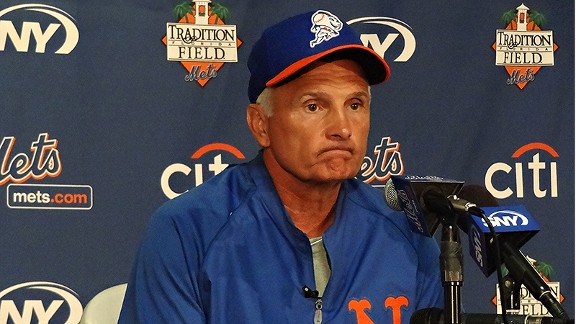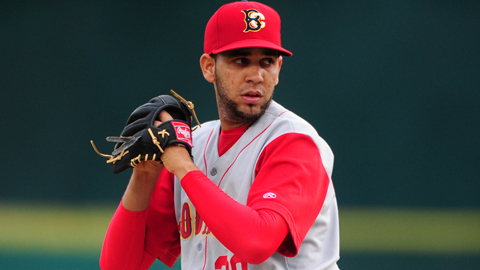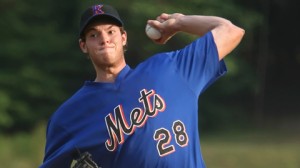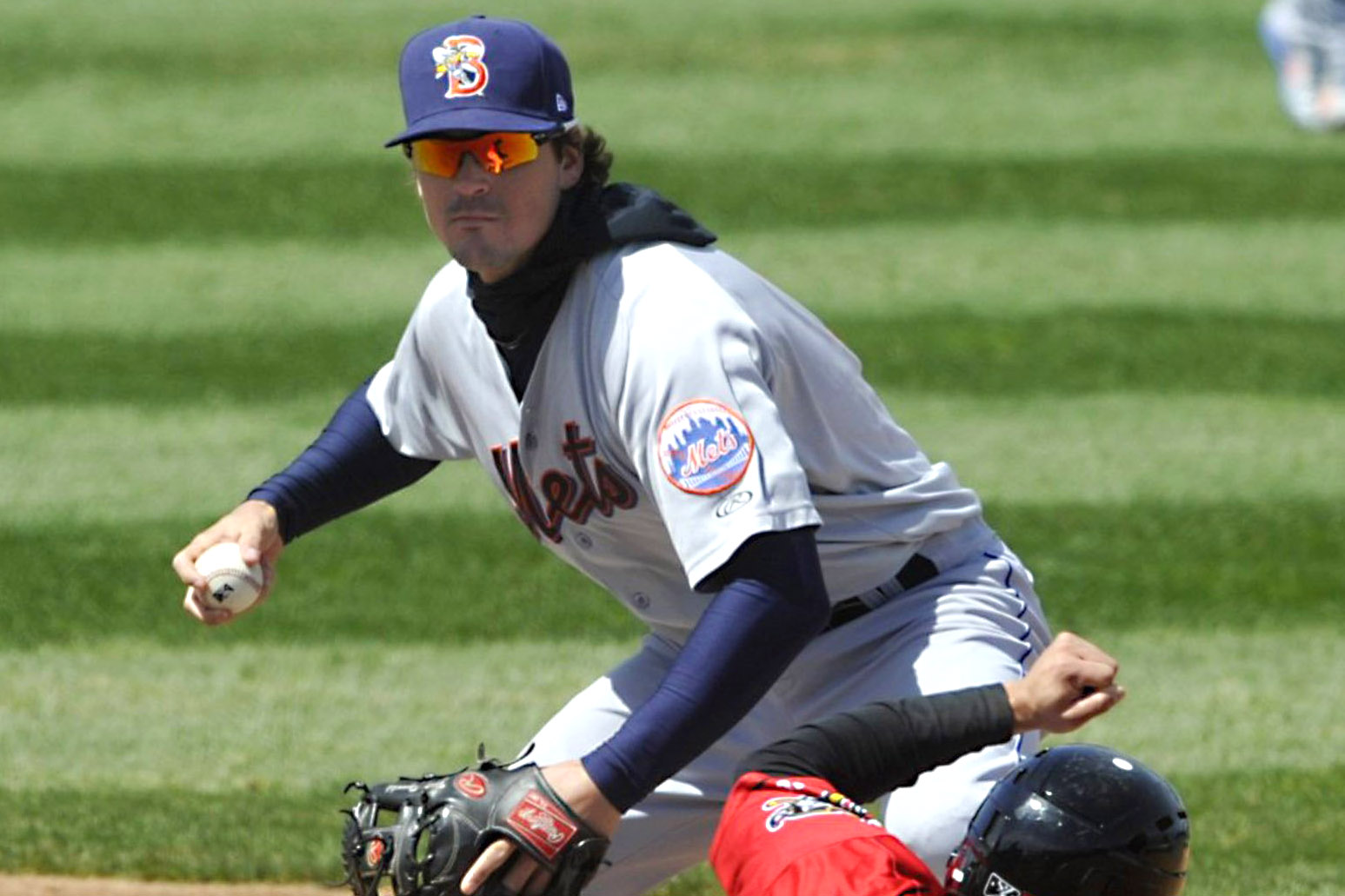 |
| Is Noah Syndergaard a future #1? |
Defining rotation slots based on ERA-, FIP-, and xFIP-.
When
talking about baseball, it’s common for the discussion to turn to starters and
rotations. Even though the distinction is often being made arbitrarily, people
like to refer to pitchers as ‘a number 2 starter’ or ‘an Ace’ or even ‘a great
5
th starter’ to help define roles within a rotation, and help
compare strengths of rotations. It doesn’t have to be completely arbitrary
though, as we can use metrics to define rotation slots. But which metrics are
best to use? I am not the biggest fan of pitcher WAR, and this has been done
before with
pitching
bWAR anyway – although they took a different approach than I will here. Also,
I wanted to use inning independent statistics, and since
ERA-, FIP-, and
xFIP- are league and park adjusted, I think they were the best choices.
Considering
there are 5 starters per team and 30 teams, I wanted to consider about 150
pitchers for this group – such that the top-30 would be #1 starters and so on.
This meant that I had to lower the inning minimum to 80 IP as a starter for the
season, which is about half of a season’s worth of starts, just to get the
group to include 150 starters. When I lowered the inning minimum to 70 IP, the
group increased from 153 to 161, and the ERA- max in 2014 decreased from 173 to
135 (with FIP- and xFIP- following a similar pattern), which seemed more
realistic. Almost all teams will need more than 5 starters during the season, and
only about 88 have qualified for the ERA title per year in the 2000’s, but it
was a little surprising that I had to lower the limit to 80 innings as a
starter to reach 150 starters. Also, lowering the inning limit to 80 IP as a
starter led to an average of 147.5 starters/season over the last 20 seasons, or
149 over the last 13 seasons. This speaks to how valuable it is just to have a
healthy pitcher who can consistently keeps the team close for 5-6 innings/game
throughout the season. I added an extra group to the normal 1-5 starter slots
in Table 1, listed under ‘Rank – 1-5,’ which is for the ‘True Aces’ of the
majors.
Table 1 – 2014 slots, minimum 70 IP as a starter.
Rank
|
ERA-
|
FIP-
|
xFIP-
|
1-5 (Ace)
|
48-61
|
51-66
|
56-68
|
6-30 (#1)
|
63-80
|
70-86
|
69-86
|
31-60 (#2)
|
80-92
|
86-94
|
87-96
|
61-90 (#3)
|
93-100
|
95-104
|
97-105
|
91-120 (#4)
|
100-114
|
104-113
|
105-110
|
121-150 (#5)
|
114-135
|
113-125
|
110-121
|


















